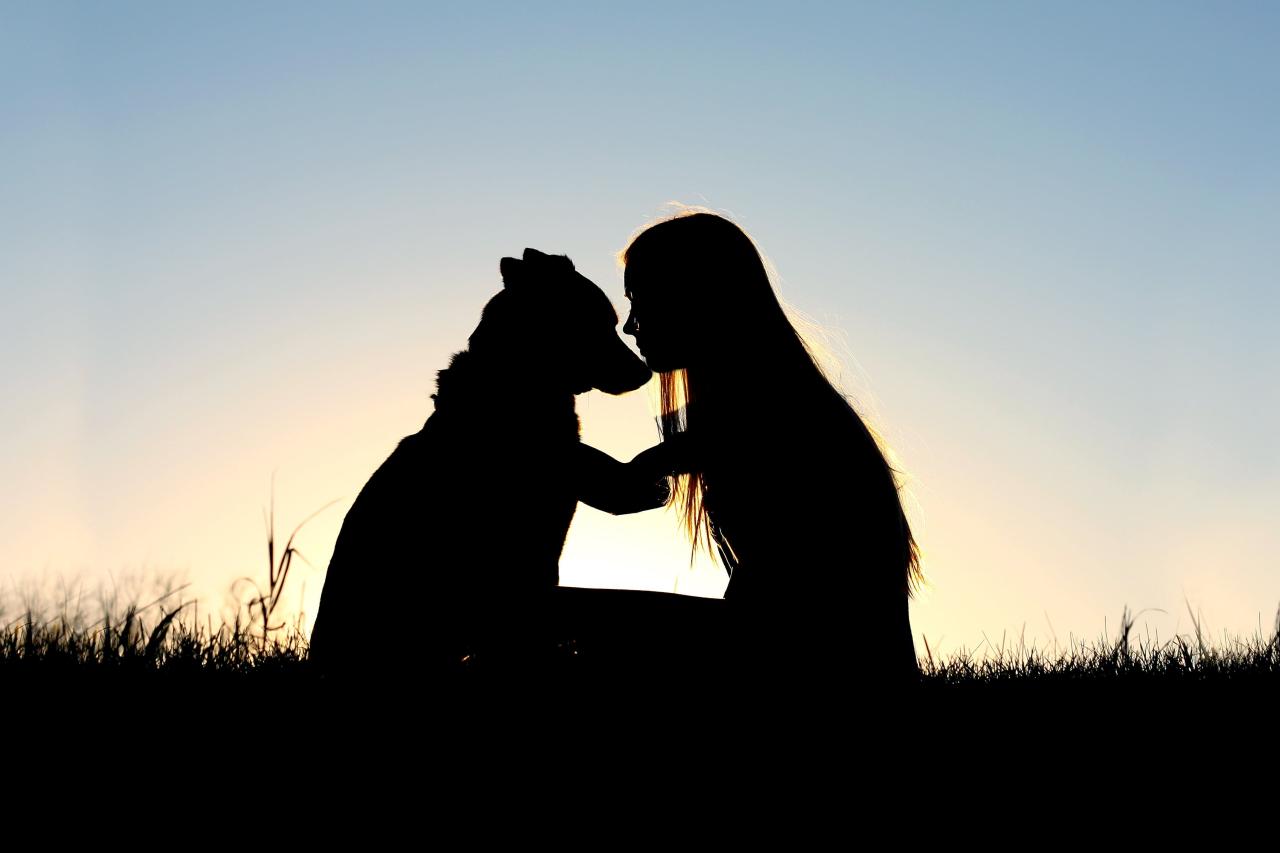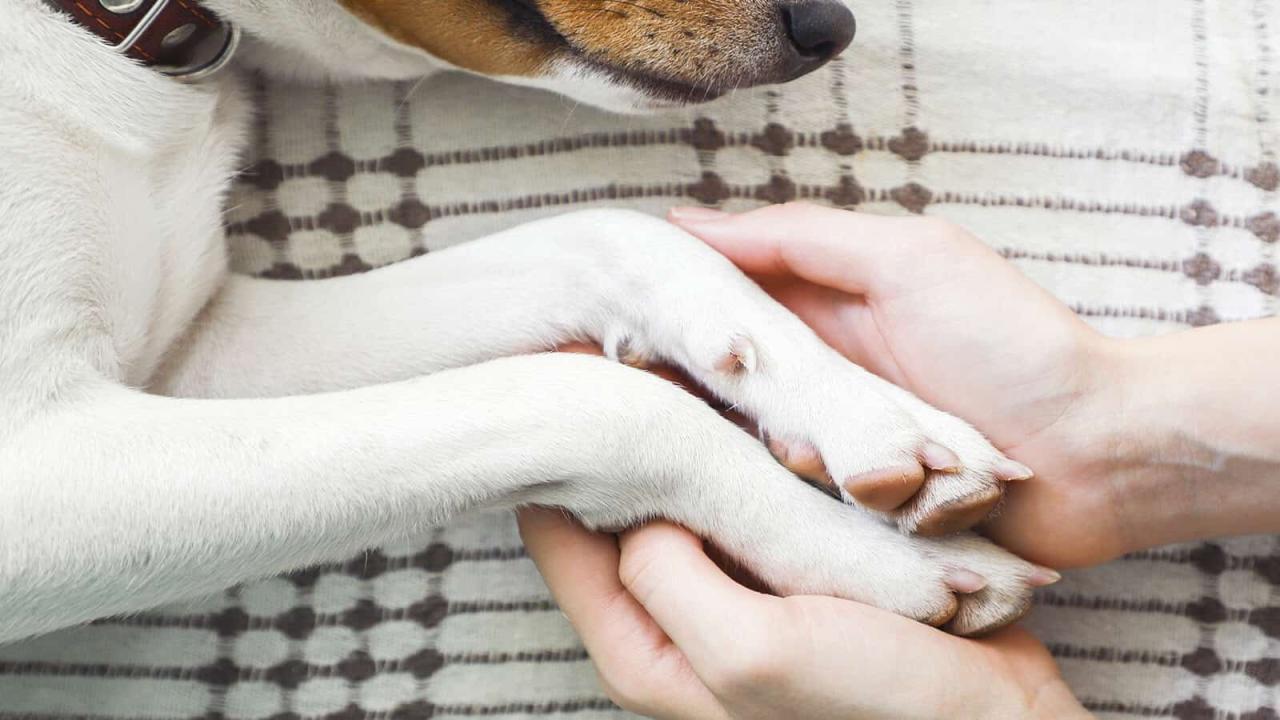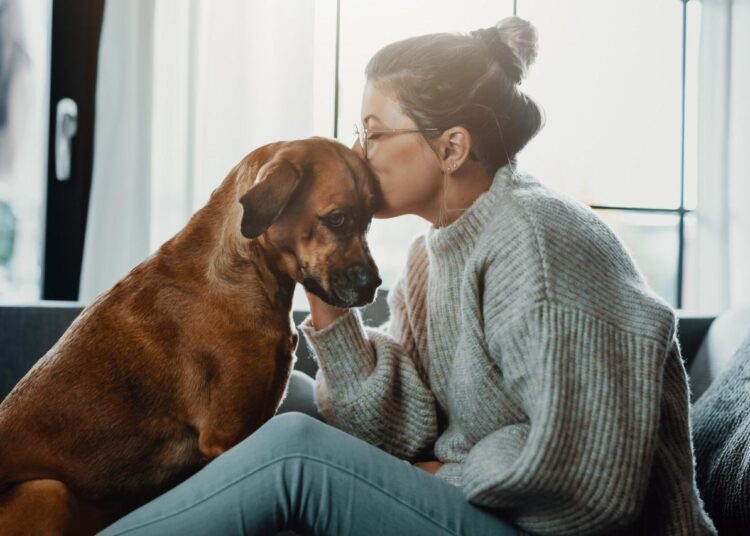The bond we share with our animal companions is unique, profound, and often as deep as any human relationship. They are integral family members, offering unconditional love, comfort, and unwavering companionship. When that bond is broken by the death of a beloved pet, the ensuing grief can be overwhelming, often misunderstood, and profoundly painful. This experience, known as pet bereavement, is a legitimate form of loss that deserves recognition, empathy, and support. As awareness grows, so too does the availability of resources designed to help grieving pet owners navigate this challenging journey.From understanding the stages of grief and coping strategies to finding compassionate support groups and memorializing a cherished friend, the landscape of pet loss support is evolving to meet the complex emotional needs of heartbroken pet parents. This comprehensive article delves into the realities of pet bereavement, explores the multifaceted nature of grief, highlights the diverse avenues of support available, and provides essential guidance for honoring a pet’s memory while finding pathways to healing. Recognizing and validating this profound loss is the first step towards a compassionate and supportive recovery.
The Reality of Pet Bereavement

For those who haven’t experienced it, the depth of grief over a pet’s death can be surprising or even dismissed. However, for pet owners, the loss can be as devastating, if not more so, than the loss of a human relative or friend. This is due to several unique aspects of the human-animal bond:
A. Unconditional Love: Pets offer unwavering, non-judgmental love and companionship.
B. Constant Presence: For many, a pet is a constant presence in their daily lives, providing routine and structure.
C. Emotional Support: Pets often serve as primary sources of emotional support, reducing loneliness and stress.
D. Identity: For some, part of their identity is tied to being a “pet parent.”
E. Lack of Social Validation: Society often doesn’t fully acknowledge or validate pet grief, leading to feelings of isolation and shame for grieving owners. This is often referred to as “disenfranchised grief.”
F. Decision-Making Burden: Owners often bear the heavy burden of making end-of-life decisions for their pets, adding to guilt and trauma.
G. Lifetime of Memories: Pets are woven into the fabric of daily life, creating countless memories over years, or even decades.
Recognizing pet bereavement as genuine grief is crucial for both those experiencing it and those supporting them. It’s not “just a pet”; it’s a family member whose absence leaves a profound void.
Understanding the Grief Process in Pet Loss
Grief is a highly personal and non-linear journey, but several common emotional and physical responses are often experienced during pet bereavement. It’s important to remember that there’s no “right” way to grieve, and everyone processes loss differently.
A. Stages of Grief
While not everyone experiences every stage, or in a linear order, Kübler-Ross’s five stages of grief can provide a framework:
- Denial: Difficulty accepting the reality of the loss. “This can’t be happening,” or expecting the pet to walk through the door.
- Anger: Directed at oneself (guilt over decisions, perceived failures), others (veterinarian, family members), the pet itself, or even the unfairness of life.
- Bargaining: Desperate attempts to reverse the loss, often accompanied by “what if” statements or wishes for more time.
- Depression: Intense sadness, lethargy, withdrawal, loss of interest in activities, changes in sleep or appetite. This is a common and profound stage in pet grief.
- Acceptance: Coming to terms with the reality of the loss, finding ways to live with the absence, and beginning to reintegrate into life, often accompanied by peaceful memories.
B. Common Emotional Responses
- Sadness and Crying: Overwhelming sorrow is universal.
- Guilt: Over perceived failures, euthanasia decisions, not noticing symptoms earlier, or not doing “enough.” This can be particularly intense.
- Loneliness and Emptiness: The silence and absence of routine can feel profound.
- Anxiety and Fear: Worries about coping, future losses, or leaving a void in the home.
- Shock and Disbelief: Especially if the death was sudden or unexpected.
- Anger and Resentment: Towards those who don’t understand the depth of the loss, or even at the pet for leaving.
- Relief (for prolonged illness): For pets who suffered from chronic, painful illnesses, a sense of relief that their suffering has ended, which can often be accompanied by guilt.
C. Physical Manifestations of Grief
Grief is not just emotional; it can impact the body.
- Fatigue: Exhaustion and lack of energy.
- Sleep Disturbances: Insomnia or excessive sleeping.
- Appetite Changes: Loss of appetite or overeating.
- Physical Aches and Pains: Headaches, stomach upset, muscle tension.
- Lowered Immunity: Making one more susceptible to illness.
Healthy Coping Strategies

While grief is intensely personal, there are strategies that can help process the pain and facilitate healing.
A. Acknowledge and Validate Your Grief
- Allow Yourself to Feel: Don’t suppress your emotions. It’s okay to cry, to be angry, to feel lost.
- Recognize It’s Not “Just a Pet”: Understand that your feelings are valid and normal for someone who has lost a cherished family member.
- Give Yourself Time: There is no timeline for grief. Healing is a process, not a race.
B. Express Your Emotions
- Talk About Your Pet: Share stories, memories, and feelings with understanding friends, family, or support groups.
- Journaling: Writing down your thoughts and feelings can be cathartic.
- Creative Expression: Art, music, or poetry can be powerful outlets for grief.
C. Create a Memorial
Memorializing your pet can be a vital part of the healing process, providing a tangible way to honor their memory.
- Memorial Service/Ritual: A private ceremony, scattering ashes, or planting a tree in their memory.
- Memory Box/Scrapbook: Collect photos, their collar, favorite toys, or paw prints in a special box.
- Tribute Items: A piece of jewelry with their name or paw print, a custom portrait, or a memorial stone in your garden.
- Donations: Contribute to an animal shelter or rescue in your pet’s name.
- Online Tributes: Create a memorial page on social media or a dedicated pet loss website.
D. Maintain Routine
While tempting to withdraw, try to maintain some aspects of your daily routine.
- Self-Care: Ensure you’re eating, sleeping (as best you can), and engaging in gentle physical activity.
- Connect with Support System: Lean on friends and family who understand or are willing to listen.
E. Seek Support
You don’t have to go through this alone.
- Pet Bereavement Hotlines: Many organizations offer dedicated phone lines staffed by trained counselors.
- Online Support Forums: Connect with others who understand your pain.
- In-Person Support Groups: Often offered by veterinary schools, humane societies, or private counselors. Sharing experiences with others who have been through similar losses can be incredibly validating.
- Professional Counseling: If grief becomes overwhelming, prolonged, or interferes significantly with daily life, a therapist specializing in grief or pet loss can provide tailored strategies and support.
- Veterinary Staff: Many veterinary clinics offer compassionate support and resources, as they often grieve alongside their clients.
F. Address Guilt
Guilt is a powerful and common emotion in pet loss.
- Educate Yourself: Understand that you made the best decision you could with the information you had at the time.
- Euthanasia as a Gift: If euthanasia was chosen, frame it as a final act of love to prevent suffering.
- Forgive Yourself: Acknowledge your pet loved you unconditionally and would not want you to suffer from guilt.
G. Handle Remaining Pets Gently
Existing pets in the home may also grieve the loss of their companion.
- Observe Their Behavior: Look for changes in appetite, play, sleep, or vocalization.
- Maintain Routine: Keep their schedules consistent.
- Offer Extra Comfort: Provide extra attention, play, and reassurance.
- Allow Them to See the Body (Optional): Some experts suggest allowing remaining pets to see and sniff the deceased companion’s body to help them understand the loss.
H. Consider a New Pet
There’s no set time to consider a new pet. It’s a highly personal decision.
- Heal First: Allow yourself sufficient time to grieve and heal. A new pet should not be a “replacement” but a new relationship.
- New Pet, New Bond: Understand that each pet is unique, and the bond will be different.
- Emotional Readiness: Only bring a new pet into your home when you genuinely feel emotionally ready for a new commitment.
Supporting Others Through Pet Bereavement
Understanding how to support a grieving pet owner is an act of profound kindness.
A. Acknowledge Their Loss
- Validate Their Grief: Say things like, “I’m so sorry for your loss,” or “It’s okay to feel this way.” Avoid phrases like “It was just a pet” or “You can always get another one.”
- Listen Actively: Offer a listening ear without judgment or trying to “fix” their pain.
- Use Their Pet’s Name: Refer to the pet by name; it shows you acknowledge their importance.
B. Offer Practical Help
- Food: Offer to bring a meal, as grieving individuals often neglect to eat.
- Chores: Help with errands, groceries, or household chores.
- Support for Other Pets: Offer to walk or care for remaining pets if the owner is overwhelmed.
C. Share Memories
Encourage them to share stories and memories of their beloved pet. Recalling happy moments can be a part of the healing process.
D. Send Condolences
A card, flowers, or a donation to an animal charity in their pet’s name can be deeply meaningful.
E. Long-Term Support
Grief doesn’t end quickly. Check in with them weeks or months later, especially around holidays or the pet’s birthday/anniversary of their passing.
The Evolving Landscape of Pet Loss Support
As the understanding of pet bereavement deepens, so too does the sophistication and accessibility of support resources.
A. Veterinary-Led Support Initiatives
Many veterinary clinics are now proactively offering:
- Grief Support Information: Providing brochures, online resources, and referrals to local groups.
- Follow-up Calls/Cards: Compassionate contact after a pet’s passing.
- Memorial Options: Facilitating paw prints, nose prints, or locks of fur.
- Training for Staff: Ensuring all veterinary staff are equipped to handle grieving clients with empathy and understanding.
B. Online and Digital Resources
The internet has dramatically expanded access to support:
- Dedicated Websites and Forums: Providing articles, coping strategies, and peer support communities.
- Virtual Support Groups: Video-based group therapy sessions for pet loss, accessible from anywhere.
- Apps for Grief Support: Mobile applications offering daily reflections, journaling prompts, and guided meditations for pet loss.
C. Formal Counseling and Therapy Specializations
A growing number of therapists are specializing in grief counseling for pet loss, recognizing it as a distinct and significant area of mental health.
D. Academic Research and Education
More universities and research institutions are studying the human-animal bond and the impact of pet loss, contributing to a better understanding of grief and more effective interventions.
E. Community-Based Programs
Local humane societies, animal shelters, and community centers are increasingly offering free or low-cost pet bereavement support groups and workshops.
F. Pet Memorial Products and Services
A booming industry dedicated to providing meaningful ways to remember and honor pets, from custom urns and memorial jewelry to unique art pieces and virtual tribute pages.
Conclusion
The profound pain of pet bereavement is a testament to the boundless love and companionship our animal friends bring into our lives. While grief is a universal experience, the unique nature of pet loss often requires specialized understanding and support. By acknowledging the validity of this grief, embracing healthy coping strategies, and leveraging the growing array of compassionate resources available, pet owners can navigate this challenging journey with greater resilience.
Honoring the memory of a beloved pet is a vital step in healing. Whether through quiet remembrance, shared stories, or tangible memorials, their paw prints on our hearts last forever. In a world increasingly recognizing the sentience and significance of animals, supporting those who grieve their loss is not just an act of kindness, but a fundamental acknowledgment of the depth of the human-animal bond. Let’s continue to foster communities where every tear shed for a lost pet is understood, validated, and met with profound empathy.







